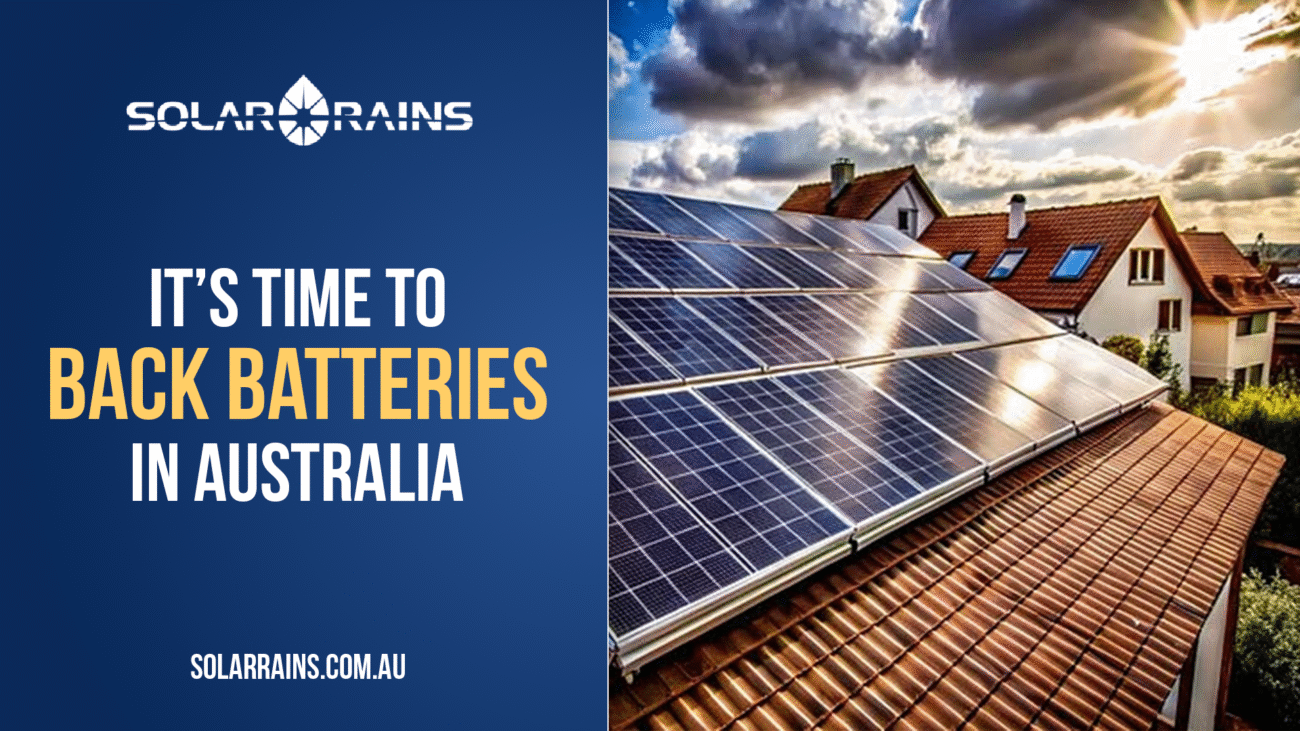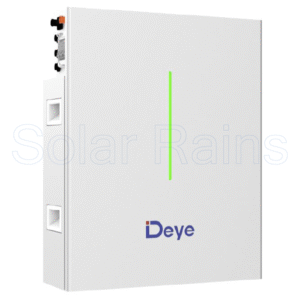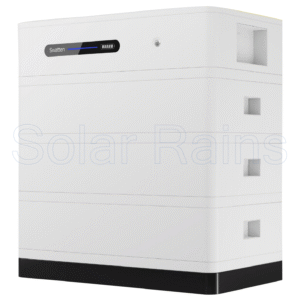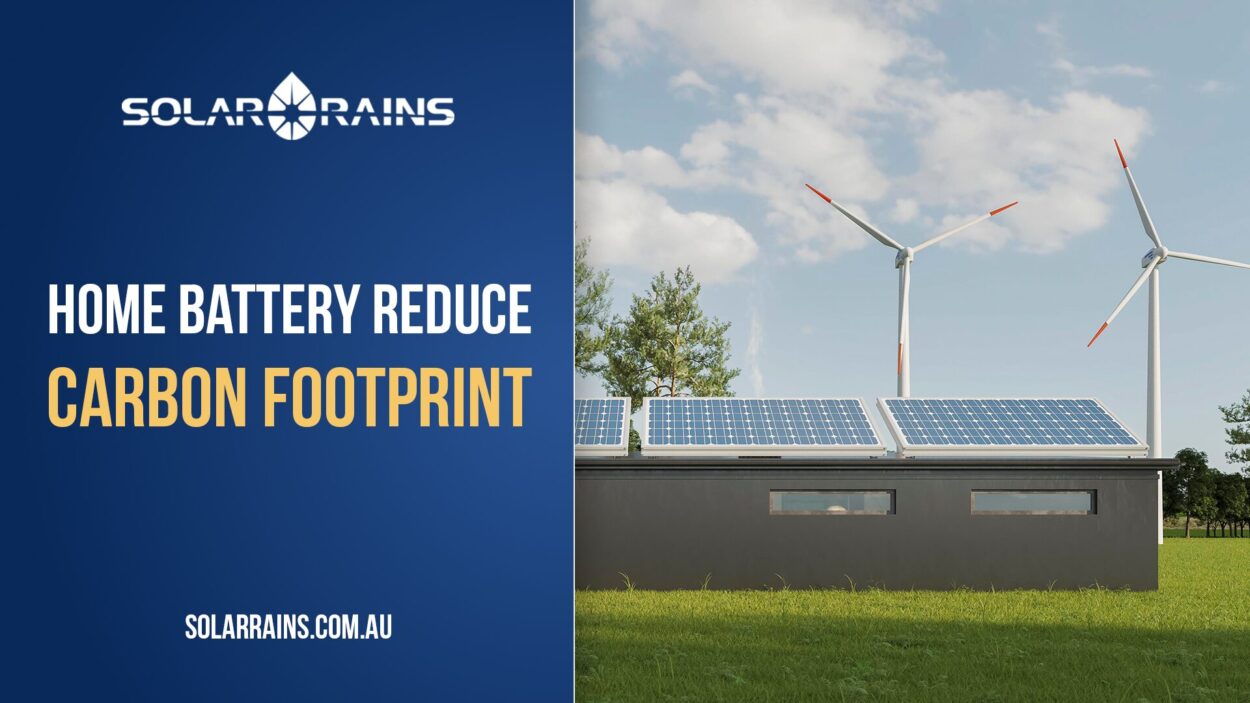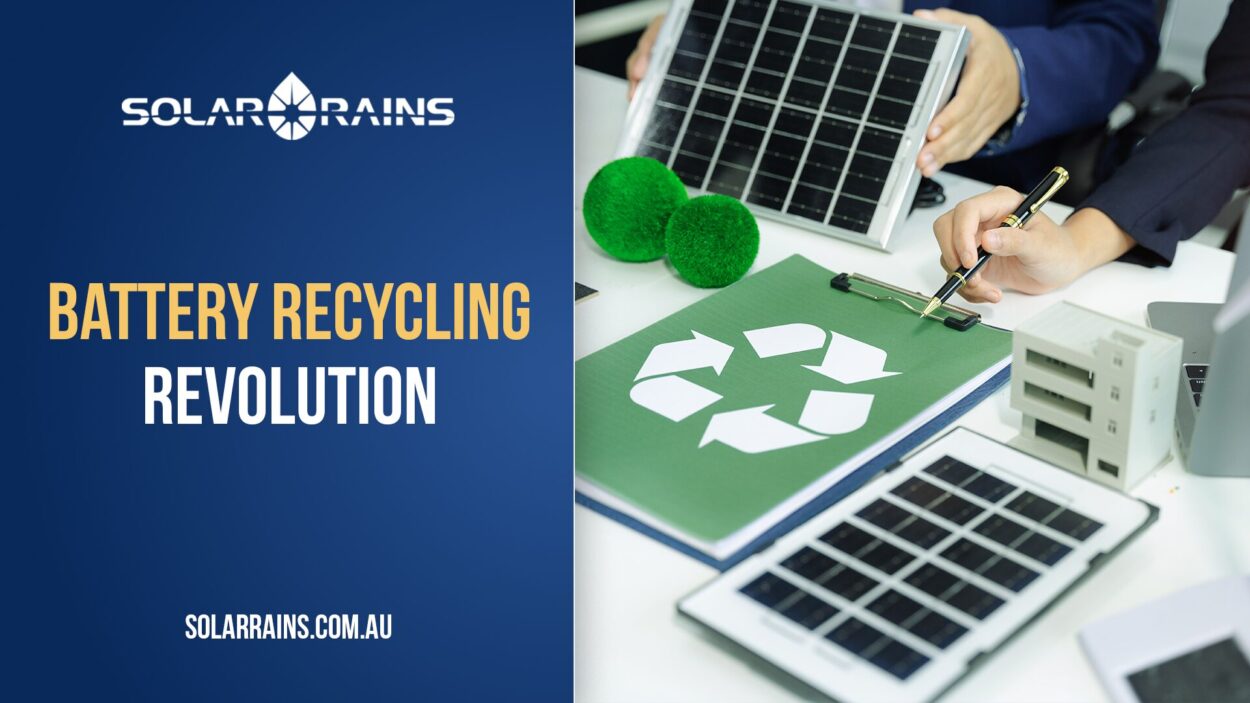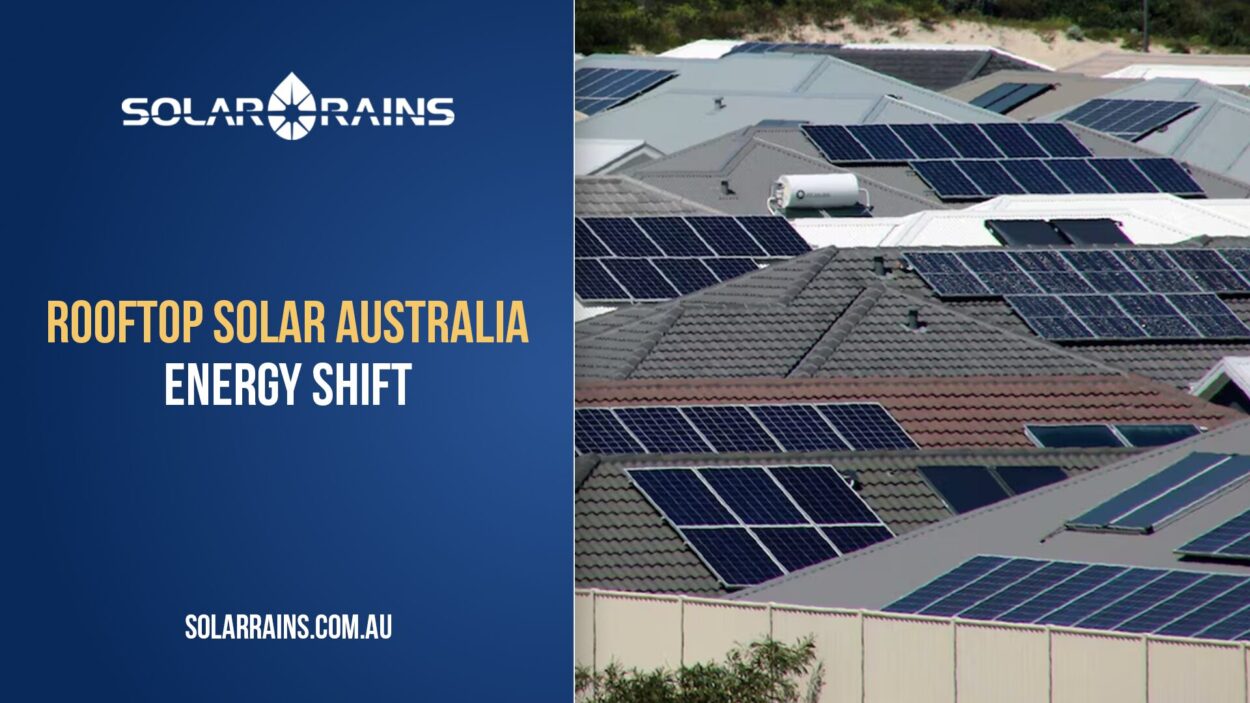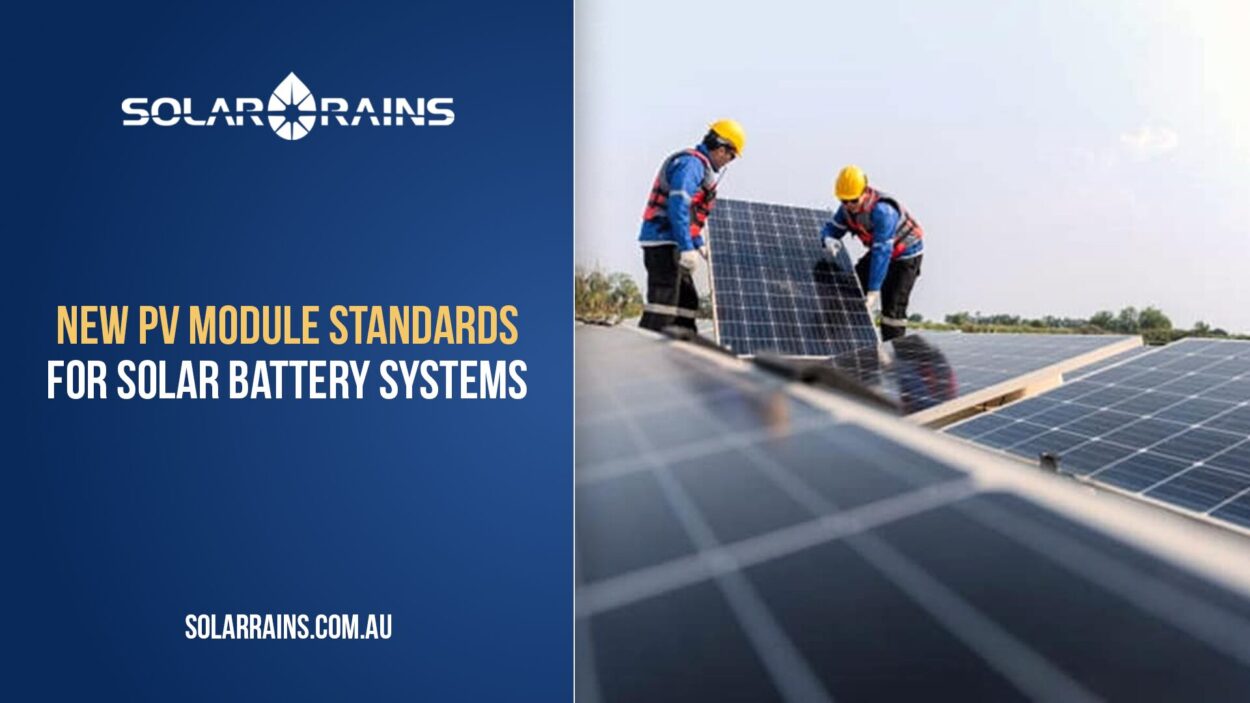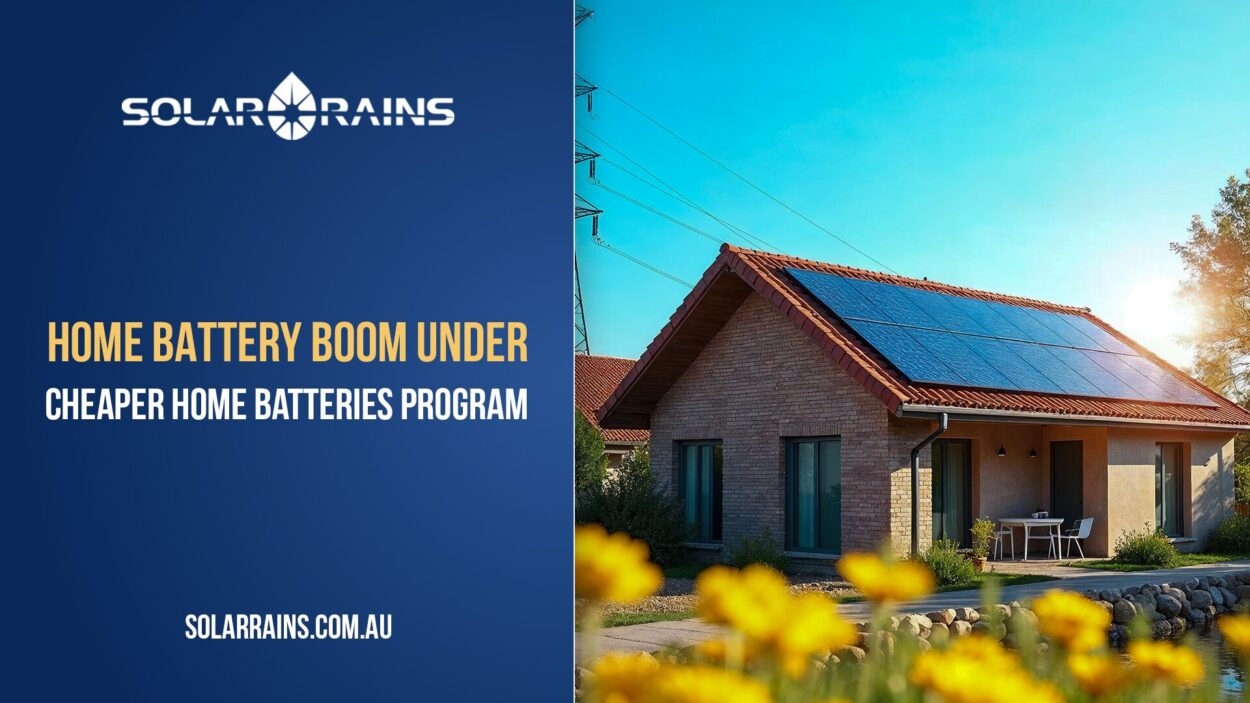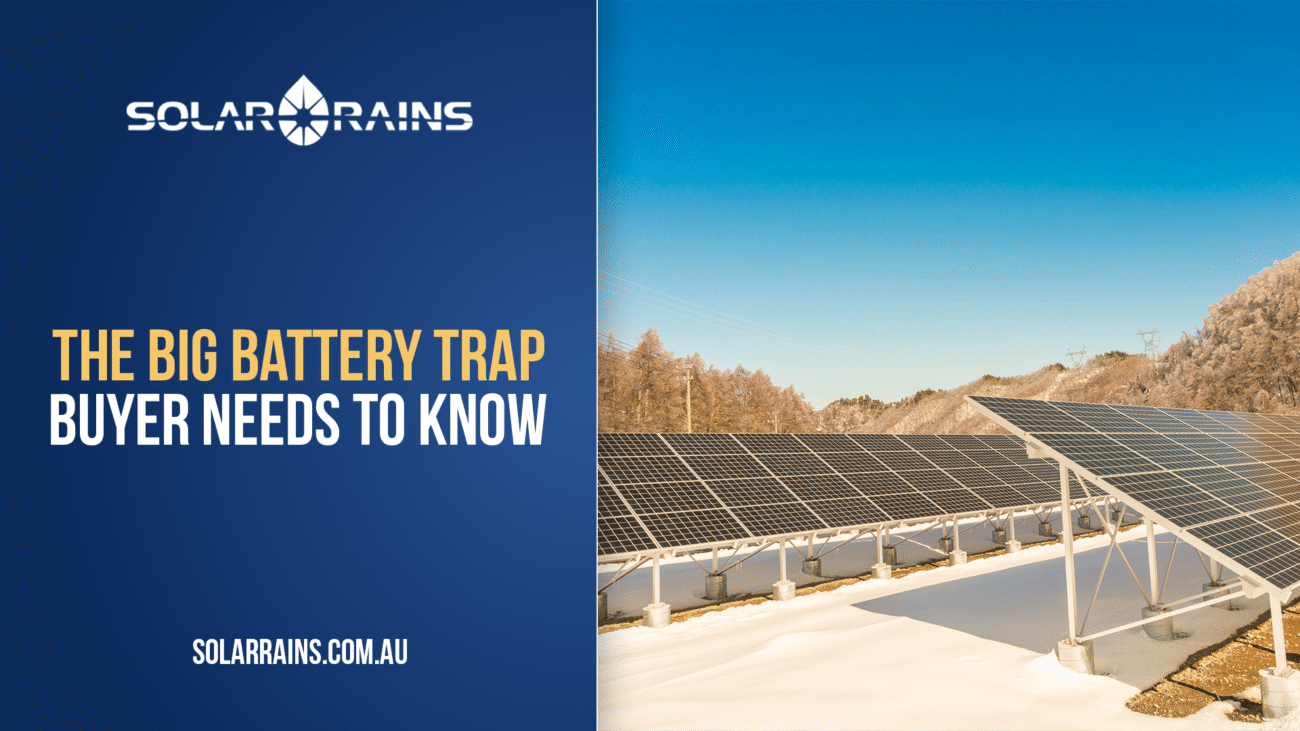Introduction: The Turning Point for Battery Storage
Australia stands at the crossroads of a solar revolution. With one in three homes equipped with rooftop solar, the spotlight is now on batteries, especially as energy independence, grid reliability, and carbon reduction dominate national conversations.
The Clean Energy Council’s “It’s Time to Back Batteries” campaign highlights the urgency of investing in batteries, not just as add-ons, but as core infrastructure for a modern, decentralised grid. In this guide, Solar Rains explores why now is the perfect time to embrace solar batteries, how they work, and what businesses and households can do to stay ahead.
What Are Batteries in Solar Systems?
In the context of clean energy, batteries refer to energy storage systems that store excess electricity generated by solar panels. Instead of feeding unused solar power back into the grid, batteries store it for use during peak demand or nighttime.
There are two common types of solar batteries:
- Lithium Iron Phosphate (LFP): High safety, long lifespan, used in residential & commercial settings.
- Nickel Manganese Cobalt (NMC): High energy density, better for compact setups.
Why It’s Time to Back Batteries in Australia
1. Grid Reliability & Peak Demand
Australia’s power grid is increasingly vulnerable to blackouts due to extreme weather events, heatwaves, and ageing infrastructure. Batteries provide backup during outages and alleviate pressure on the grid during peak hours.
2. Renewable Integration
As solar and wind energy increase, the variability of power supply grows. Batteries absorb excess generation and release it when needed, stabilising supply and reducing curtailment.
3. Lower Energy Bills
Instead of relying on the grid during high-rate hours, solar battery users can draw from their stored energy. Over time, this translates into substantial cost savings.
4. Energy Independence
Homeowners and small businesses want control. Batteries allow users to rely less on traditional utilities and more on self-generated, sustainable energy.
5. Support for Net-Zero Targets
Backing batteries means backing Australia’s decarbonisation goals. By combining solar with storage, both households and industries reduce emissions and move closer to net zero.
Financial Incentives and Policy Momentum
1. Government Rebates
- Victoria: Solar Homes Program offers up to $2,950 for battery installation.
- South Australia: Home Battery Scheme with low-interest loans and VPP credits.
- NSW: Peak Demand Reduction Scheme (PDRS) supports behind-the-meter battery storage.
2. Virtual Power Plants (VPPs)
Participants earn income by allowing their solar battery to contribute to local grid support. VPPs enhance network resilience and reward households with incentives.
3. Feed-in Tariff Decline
As FiTs decrease, self-consumption becomes more valuable. Batteries let you use more of your own solar power making the economics of storage increasingly attractive.
Application: Residential vs Commercial Battery Use
| Use Case | Residential | Commercial |
| System Size | 5–15 kWh | 30–100+ kWh |
| Goal | Backup power & energy savings | Peak shaving, load shifting, grid resilience |
| Typical Brands | AlphaESS, Swatten, Deye | Dyness, Deye, Sungrow, Tesla |
| Value | Bill reduction, security | ROI, operational continuity |
Businesses with large roof space or critical operations (e.g., retail, healthcare, logistics) benefit greatly from scalable battery solutions, often eligible for commercial tax incentives.
Choosing the Right Battery: What to Look For
- Cycle life: Look for 6,000+ cycles to ensure long-term value.
- Depth of discharge (DoD): The higher, the better, aim for 90%+.
- Inverter compatibility: Ensure your hybrid inverter or AC-coupled setup supports the battery.
- Monitoring: Mobile apps and smart controls help optimize performance.
- Warranty: 10-year warranties are now standard for quality products.
Check out Solar Rains’ range of residential & commercial batteries at solarrains.com.au.
Common Myths About Solar Batteries
“Solar batteries only make sense for off-grid living.”
Reality:
While batteries are essential for off-grid systems, the vast majority of installations in Australia today are grid-connected. In these systems, batteries provide backup power during outages, enable time-shifting of solar energy, and reduce reliance on the grid during peak pricing periods.
Thanks to advancements in hybrid inverter technology and AC-coupled systems, homeowners can easily integrate batteries into existing solar setups. This allows users to increase self-consumption, join Virtual Power Plants (VPPs), and stabilize the local grid. In short, solar batteries offer value far beyond off-grid applications.
Expert note: According to the Clean Energy Council, most solar battery systems in 2024 are designed to work in grid-tied environments for maximum economic benefit.
“Batteries are too expensive to be worth it.”
Reality:
Battery prices have fallen by over 50% in the last 10 years due to global scale-up in production and technology improvements. As of 2025, a standard 10kWh lithium-ion battery with installation can range from $9,000 to $12,000, depending on brand, inverter compatibility, and site conditions.
Importantly, several state governments and utilities offer rebates or VPP participation payments. When combined with time-of-use savings, these incentives reduce the payback period to just 6–9 years in many cases.
For households in areas with low feed-in tariffs and high peak usage rates, batteries help capture and store more self-generated solar energy, which would otherwise earn just 5–8 cents per kWh when exported to the grid.
Example: A home using 20kWh/day with a 6.6kW solar system and a 10kWh battery can save up to $1,300/year depending on usage pattern and tariff structure.
“Installing batteries is too complicated and disruptive.”
Reality:
Battery installation has become streamlined and minimally invasive, especially with modular systems and standardised mounting brackets. For existing solar users, AC-coupled batteries like those offered by AlphaESS or Deye allow seamless retrofits without replacing the current inverter.
For new systems, hybrid inverters integrate battery control into the core inverter architecture, removing the need for multiple control systems. Many solutions also include pre-wired cabinets, mobile app monitoring, and smart discharge scheduling.
Qualified solar installers can complete most residential battery installations within one to two days, often with no significant disruption to the home or business.
Installation tip: Choose Clean Energy Council-accredited installers and always check whether the system requires grid permission or compliance upgrades before installation.
FAQs
Entry-level 5kWh batteries start from $5,000–$7,000 installed. A 10kWh setup typically costs $9,000–$12,000. Costs vary by brand, chemistry & installation needs.
A 10kWh battery can save $800–$1,300 annually depending on energy usage, FiTs, and local tariffs.
Not always. AC-coupled batteries can work with existing inverters. Hybrid inverters offer more efficiency and future-proofing.
Yes. Grid-charging batteries are rising in popularity, especially in areas with time-of-use tariffs.
Most batteries come with a 10-year warranty and last 10–15 years with proper care.
Yes. Modern lithium batteries (especially LFP) have built-in BMS, fire-resistant housing, and temperature controls.
Deye, AlphaESS, Swatten, and Dyness are well-regarded for quality, warranty support & compliance with Australian standards.
Modular batteries like those from Swatten or AlphaESS allow users to start small and scale over time.
With FiT drops and increasing electricity prices, 2025 is a strategic time to act. Government incentives won’t last forever.
The Role of Solar Suppliers Like Solar Rains
Backing batteries requires more than enthusiasm—it demands expertise, support, and supply chain reliability. As a trusted solar supplier, Solar Rains provides:
- End-to-end consultation
- Quality solar products with engineering support
- Fast supply of scalable solar battery systems
- Access to hybrid inverters & compliance components
- Installation support via local certified partners
Conclusion: The Time is Now
If solar panels were the first wave of Australia’s clean energy shift, batteries are the second wave ready to empower homes and businesses toward full energy control.
Don’t wait for higher prices or fewer incentives. Whether you’re a homeowner looking for resilience or a business seeking ROI, now’s the time to back batteries.
Contact Solar Rains for personalised quotes, product guidance, and wholesale deals.

